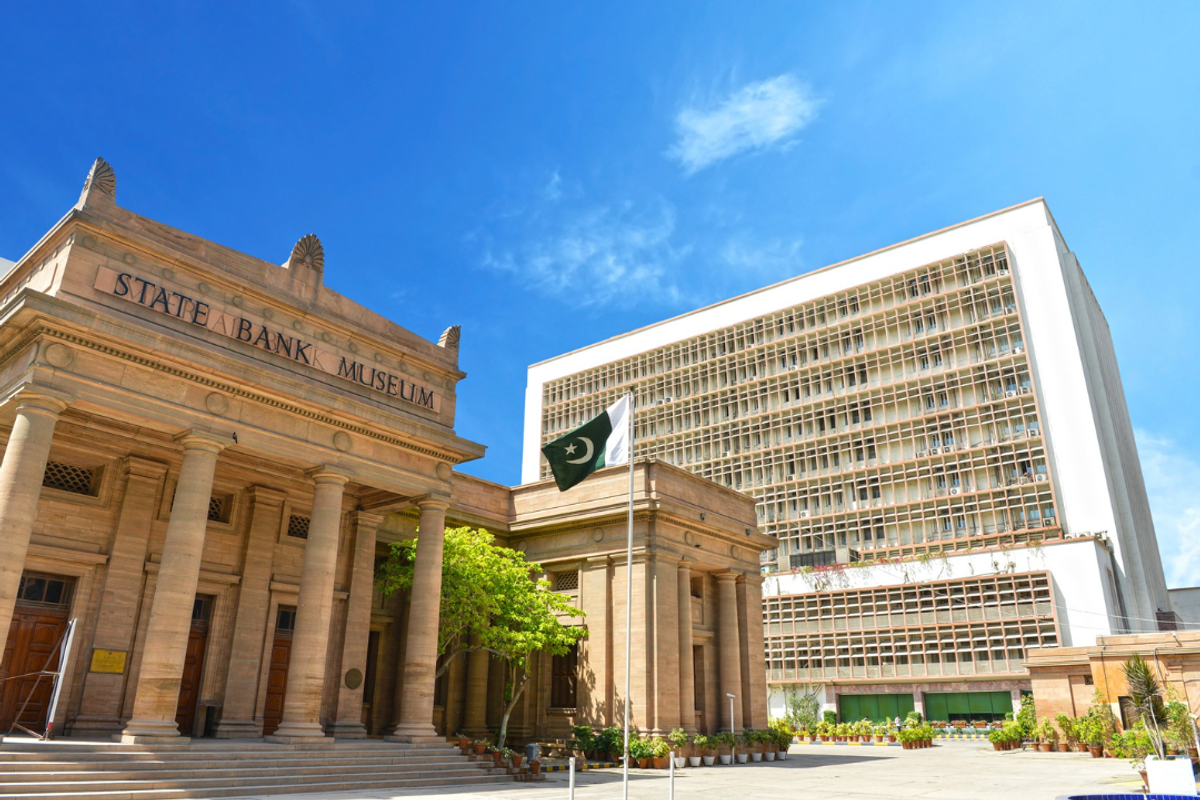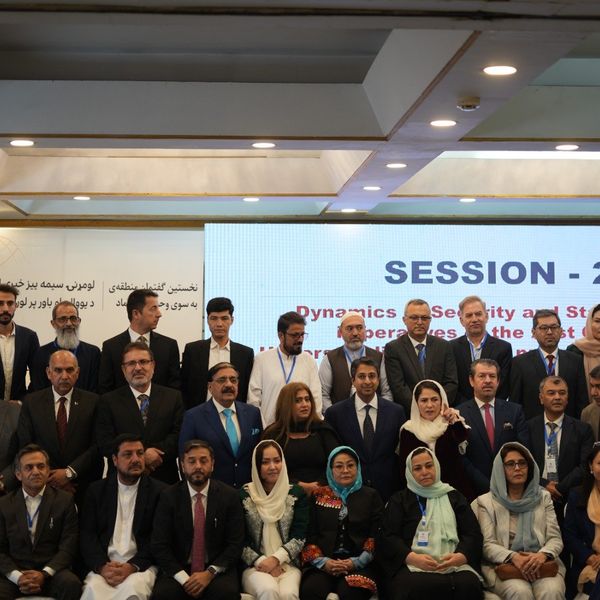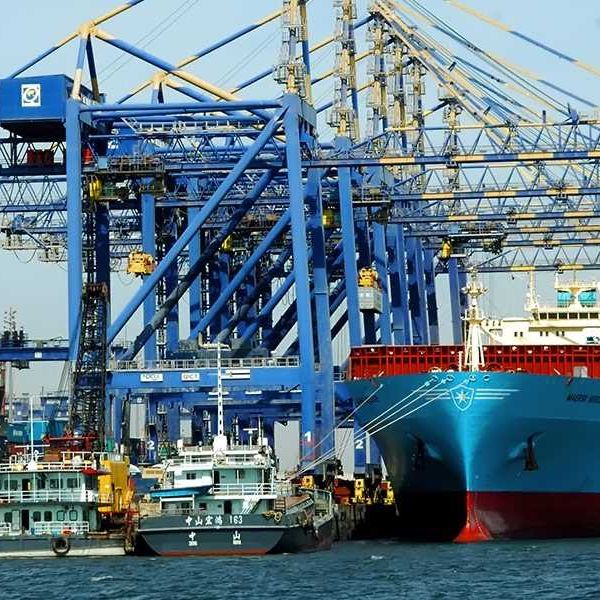Pakistan central bank buys USD 7.7B to boost reserves, pay debt
SBP’s forex market intervention lifts reserves to $14.5B as government repays $500M Eurobond, eyes fiscal consolidation under IMF reforms
Business Desk
The Business Desk tracks economic trends, market movements, and business developments, offering analysis of both local and global financial news.

Pakistan’s central bank purchased $7.7 billion from the currency market in the fiscal year that ended in June, a move aimed at strengthening foreign exchange reserves and meeting external debt obligations, according to the State Bank of Pakistan (SBP) data.
In June alone, the SBP bought $502 million from the interbank foreign exchange market, bringing total purchases for fiscal year 2024-25 to $7.7 billion.
The move comes amid efforts to stabilize Pakistan’s external position following years of balance-of-payment pressures.
The dollar purchases contributed to an increase in foreign exchange reserves from $9.4 billion in June 2024 to $14.5 billion by the end of the quarter, despite ongoing debt repayments.
“This intervention helped provide a cushion to external account while supporting debt repayments,” said an expert.
The data was released days after Pakistan successfully repaid a $500 million Eurobond on schedule, a maturity originally issued in 2015. The Finance Ministry said the repayment underscores the government’s improving fiscal discipline and growing investor confidence.
Finance Minister advisor Khurram Shehzad called the repayment “a positive development” in a post on X, formerly Twitter, citing improved sovereign ratings, stronger external buffers, and a favorable bond market performance.
Pakistan’s dollar-denominated bonds have recently been trading at a premium, supported by enhanced liquidity and declining risk perception.
“The Eurobond repayment without external support is a signal of macroeconomic stabilization. It shows Pakistan is prioritizing financial discipline after years of crises,” said an economist
He noted that reserve accumulation through market purchases is a “double-edged sword.”
“While it supports reserves and investor confidence, it can add pressure to the exchange rate if not managed prudently. But in this case, the SBP appears to have sterilized its actions effectively,” he said.
The SBP also provided an outlook for debt servicing in the current fiscal year. Governor Jameel Ahmad, following a monetary policy meeting on Sept. 15, said Pakistan will face $26 billion in external debt payments in FY26. Of that, around $16 billion is expected to be rolled over or refinanced, leaving a net repayment burden of $10–11 billion.
Pakistan’s debt-to-GDP ratio has improved, falling from 77% in FY20 to 70% in FY25, according to advisor to Finance Minister said.
The government is targeting further fiscal consolidation under its latest economic reform agenda supported by the International Monetary Fund.
Analysts say continued improvement in external indicators will be key to sustaining investor confidence as the country eyes another loan program from the IMF next year.










Comments
See what people are discussing